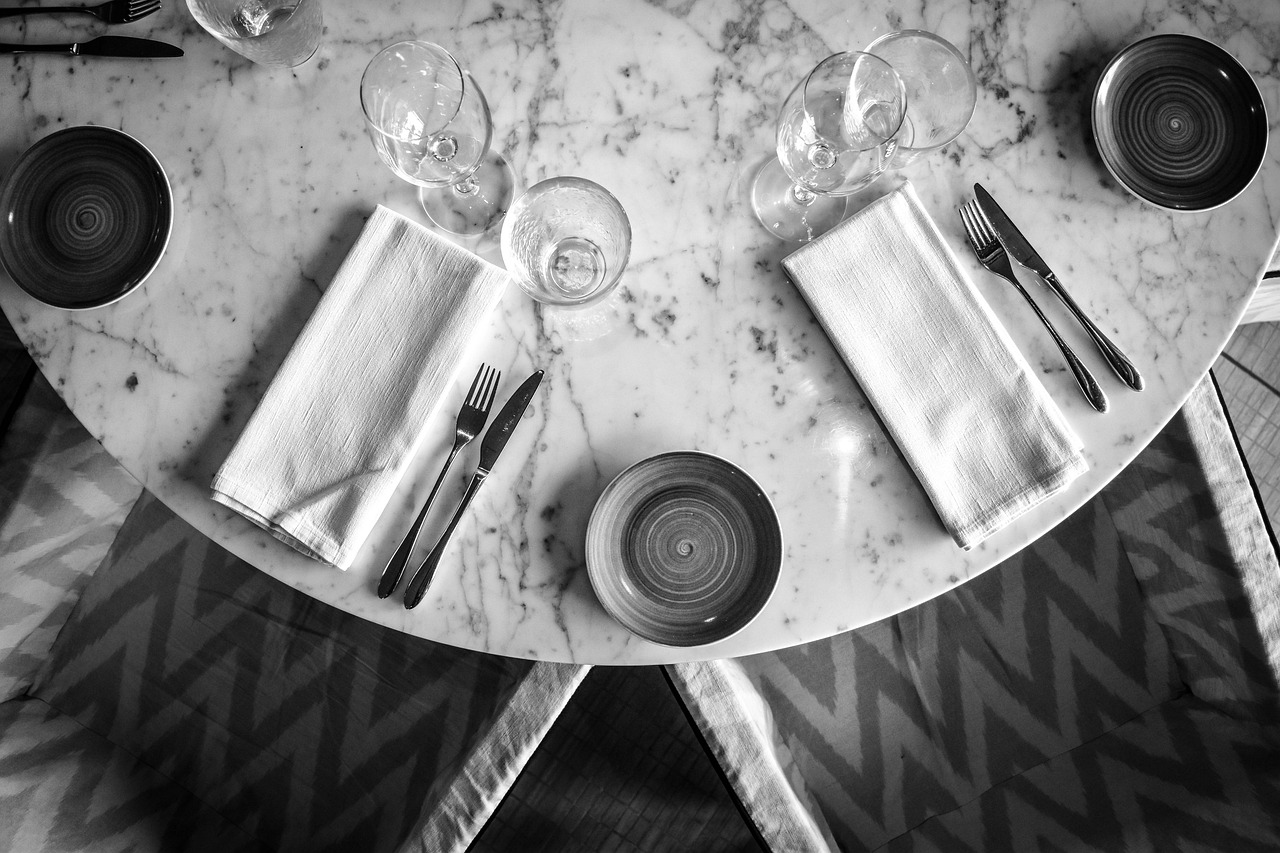Settings - Part 2

The Evolution of Fashion: Different Eras - Part 2
The Roaring Twenties: A Decade of Flappers and Jazz
The 1920s, also known as the Roaring Twenties, was a time of dramatic social and cultural change. Women's fashion underwent a revolution with the rise of the flapper style. Flappers were known for their short hair, knee-length dresses, and bold makeup. The silhouette of the era was straight and boyish, in stark contrast to the previous decades' corseted and voluminous styles.
Men's fashion also saw significant changes during this period. The classic tuxedo became a staple for formal occasions, and casual wear became more relaxed with the introduction of sportswear influences.
The Swinging Sixties: A Decade of Youthquake and Mod Style
The 1960s marked a time of rebellion and revolution in both fashion and society. The youthquake movement led to a shift towards more youthful and daring styles. The mod subculture emerged with its iconic miniskirts, bold patterns, and futuristic designs.
Men's fashion in the 1960s was characterized by slim-fitting suits, turtleneck sweaters, and bold color combinations. The influence of popular culture, including music and film, played a significant role in shaping the fashion trends of the decade.
The Eclectic Eighties: A Decade of Excess and Power Dressing
The 1980s was a decade of excess and extravagance in fashion. Power dressing became a dominant trend, with women adopting shoulder pads, bold colors, and oversized silhouettes to exude confidence and authority in the workplace.
Men's fashion in the 1980s embraced bold and flashy styles, including tailored suits with wide lapels, bright neon colors, and statement accessories. The era was also defined by the rise of hip-hop culture and its influence on streetwear fashion.
Conclusion
Each era in fashion history has its unique characteristics and influences, reflecting the social, cultural, and political landscape of the time. From the rebellious styles of the 1920s to the bold and colorful trends of the 1980s, fashion has always been a powerful form of self-expression and cultural identity.